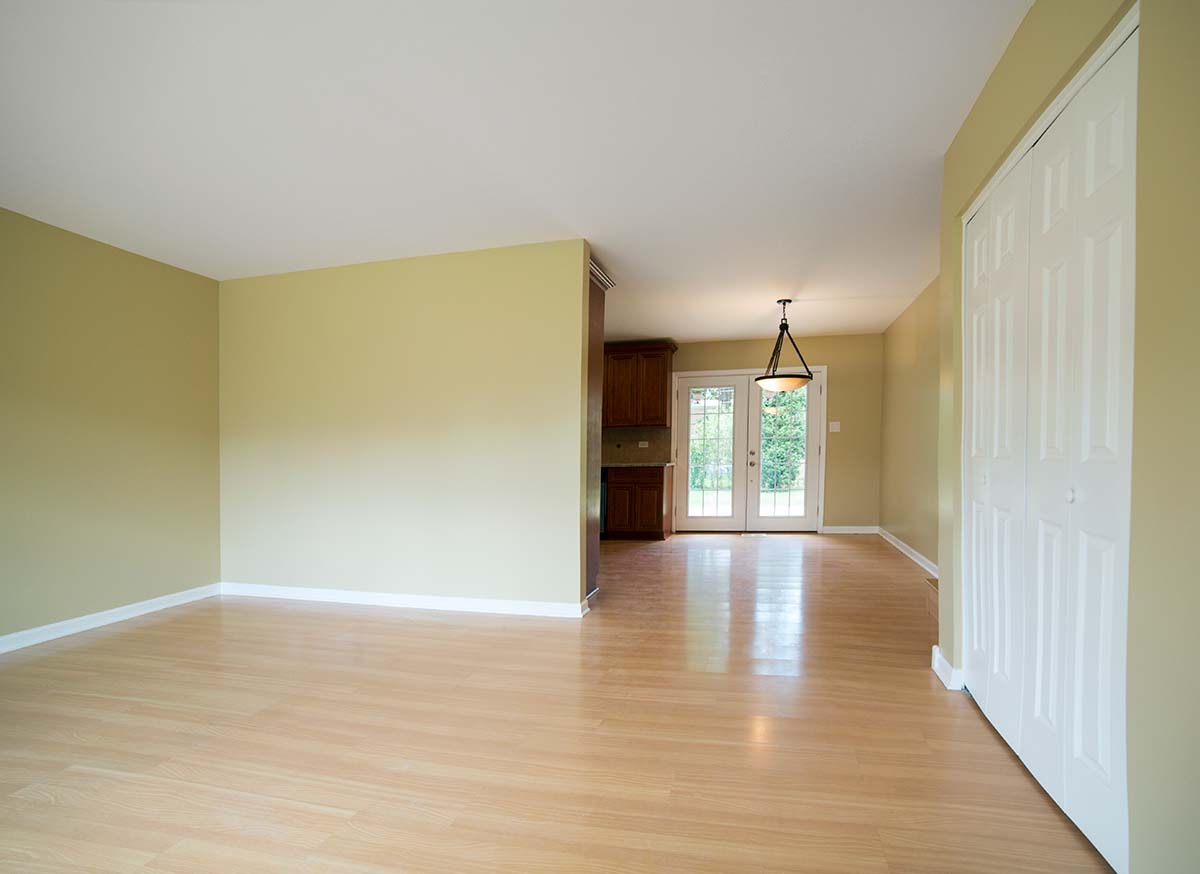
What to look out for with vacant premises
November 21, 2022Homes and businesses can become empty for all sorts of reasons – so, what do you need to know if you are a home or business owner?
When is a property classed as vacant?
You and I almost certainly have our own ideas about what makes a building empty or vacant – it’s a simple question of common usage.
For insurers, the precise definition is critical. There is likely to be some degree of variation from one insurer to another but for homeowners, the property typically becomes classed as vacant once it is unoccupied for between 30 and 60 consecutive days. For business premises, that interval is typically 30 days.
Both homeowners and commercial property owners may experience occasions when their premises are what their insurers will define as temporarily vacant.
Homeowners
As we’ve mentioned, your home can become temporarily vacant and be left to stand empty for any number of reasons, including:
- times when you need to work away from home for an extended period of time – of more than a month or so, let’s say;
- if you are taking that well-earned, extended holiday – a round-the-world cruise or visits to friends or relations overseas;
- refurbishment of your home or building works of such an extent that you need to find accommodation elsewhere for the duration of those works; or
- the property is subject to probate and one in which you have an interest as a potential beneficiary pending completion of this legal process.
Commercial property owners
Any landlord of a buy to let business will be keen to keep so-called voids – when rental income dries up because no tenants are occupying the property – to the absolute minimum. Nevertheless, some periods of extended vacancy may be unavoidable, and occasions arise when the property is unoccupied for reasons beyond your control, such as:
- the sudden departure of your current tenants – leaving it more difficult for you to find replacements at the last minute;
- a longer than usual interval between current tenants having completed their tenancy and the new ones taking up residence;
- your letting agent might have ceased trading or otherwise gone out of business, leaving it impossible for you to identify, check, and grant a new tenancy for new tenants; or
- your decision to carry out extensive remodelling of the let property or the building of an extension, during which time the premises remain temporarily uninhabitable and, therefore, unlettable.
What you need to do in both cases
Whether you are a homeowner or responsible for the insurance of commercial property, your insurers will take a keen interest in any period when they define the insured premises as vacant or unoccupied.
That is because the risks to unoccupied property – residential or commercial – are substantially increased when the premises are empty. Vacant property attracts more than its fair share of vandals, squatters, intruders, and even arsonists. At the same time, even a relatively minor maintenance problem can develop into a full-blown emergency and the cause for considerable loss and damage if the faults go unnoticed and unattended.
To mitigate the risk of loss or damage to your property while it is in this vulnerable, unoccupied state, therefore, your insurer will typically require heightened security measures, regular inspections of the property, a robust maintenance schedule, and a written log of those checks and inspections when they are made.
It is important to check and verify exactly what extra measures your insurers may require – in accordance with the terms of your building and contents insurance policy – whenever the premises are vacant for longer than a month or so. During the winter months, for example, you might need to keep the property at an ambient temperature to reduce the risk of frozen or burst water pipes.